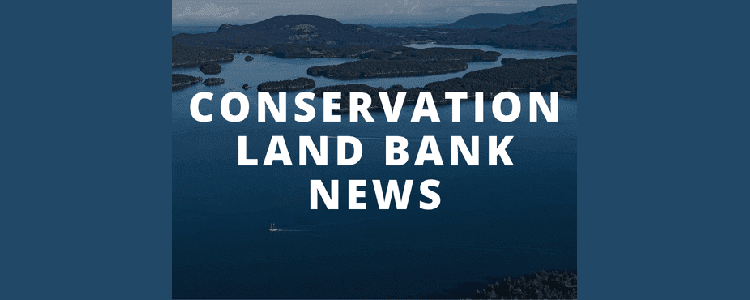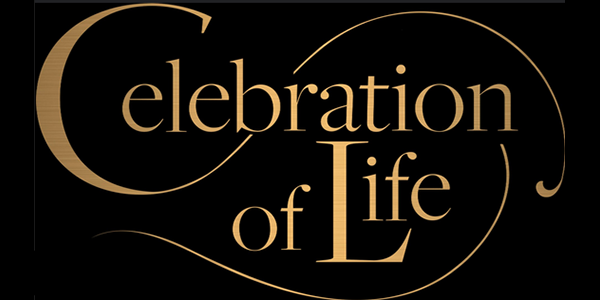||| FROM SAN JUAN COUNTY COMMUNICATIONS |||
The San Juan County Conservation Land Bank is pleased to invite the community to participate in shaping its emerging Strategic Plan. This document will guide the Land Bank in conservation efforts, stewardship priorities, and community engagement for the next six years. With a goal of building a foundation of collaboration and engagement, the Land Bank has been conducting interviews, hosting public meetings, and is now distributing this online survey to collect input from residents, businesses, local elected officials, and staff.
What is the Strategic Plan?
The San Juan County Conservation Land Bank’s Strategic Plan will be a guiding document to help set priorities and identify concrete actions to address critical conservation and stewardship needs across our islands.
Planning efforts to date
Community members and other strategic partners have helped – and will continue to – shape this plan by participating in interviews, public meetings, online surveys, and public comment throughout the planning period.
- In 2021 the Land Bank launched its biannual Community Conversations meeting series that identified the need for more long-term planning and community engagement. Each of these conversations can be viewed on the Land Bank’s YouTube channel.
- In 2022, the Land Bank Commission agreed on the need for a strategic plan.
- In 2023, the Land Bank hired Triangle Associates, Inc. to lead internal planning discussions throughout the year.
- In the fall of 2023, Land Bank Commissioners and County staff worked with consultants to interview almost 60 community members representing each ferry-served island. These interviews have helped identify key questions and begin identifying community priorities.
Make Your Voice Heard
Land Bank staff and commissioners are now seeking broad community input by hosting a month-long, anonymous survey. Click here to begin the survey. The survey takes 10 minutes to complete and includes questions about potential future acquisitions and stewardship priorities, including managing for public access and reducing fire risk. The survey will be open through January 6, 2024.
The survey results will be compiled and analyzed by environmental consulting firm Triangle Associates, Inc., Land Bank Commissioners, and Land Bank staff who will use the community’s input to inform conservation efforts in San Juan County and create the strategic plan. The results of the surveys will be included in the Land Bank’s strategic plan and will be available early next year.
Take the survey here. Learn more about the Land Bank’s strategic planning efforts by visiting the County’s Engage platform. Updates will be posted, and you can subscribe to be notified through the platform.
**If you are reading theOrcasonian for free, thank your fellow islanders. If you would like to support theOrcasonian CLICK HERE to set your modestly-priced, voluntary subscription. Otherwise, no worries; we’re happy to share with you.**









I urge everyone to TAKE the survey. It is a way to let the folks at the Land Bank know what you prioritize. I do wish there were a few questions about when enough is enough.
At some point we have to stop removing property from the tax rolls. This is not just the Land Bank’s impact, it is also ‘Agricultural Land Assessment’ that allows large landowners to pay property taxes based on the “income” from empty fields. In principle, that concept may seem like a good idea. But in practice it means large tracts of land are kept mono-cultured in grass (and weeds) and mowed once a year for low quality “island hay”. This results in the steady degradation of soil fertility as nothing is ever put back on the land. Pasture land is only regenerative if it is actively grazed by livestock. Only land that is actively and regeneratively farmed should qualify for Ag Exempt status. That seems like it should be obvious but it’s not what’s actually happening.
I love the LBs mission and am thankful for the Glenwood acquisition in particular and can’t wait for it to open.
I just wish they would more quickly open their properties to the public, and be more willing to allow trail development for gravel and mountain biking. In particular at Turtleback and Entrance there should be active trails built for cycling, and Entrance should be open for all uses with a dedicated trails network.
I look to Stowe VT for what I would call a more modern land bank charter with a willingness, desire and actions taken to create more dedicated gravel and biking trails across the area.
My lady friend lives on a 60+ yr. family owned farm in a neighborhood that up until recently was all farms, and was habitat for a large flock of geese, and was an area frequented by ducks and deer, but now (in just the past few years) has more vehicle traffic, more airplane traffic, and neighbors have recently fenced off the adjoining farm, and it is being prepped for development. The ducks, geese and deer that have been there forever are now gone.
We have a multitude of multiple use areas, trails, paths parks, and lakes available for public use (public meaning 18,000 residents and 1,000,000 tourists) throughout the county. I would like to see the Land Bank embark on creating something that doesn’t attract more tourism… I’d like to see them create wildlife corridors, habitat, safe zones, and create an area with a “wild” designation.
Michael—The Land Bank’s mission is to preserve wildlands and habitat in their natural state. Although these lands do provide opportunities for Islanders to get out and enjoy their environment in its natural state, they are not parks, and the Land Bank doesn’t advertise them. Of the 39 Land Bank preserves across the county, 30 are open to the public for nature recreation. Four of the 12 Land Bank preserves on Orcas are “nature only,” and not open to the public. One of the Land Bank’s goals is protecting larger areas, including wildlife corridors, that can better withstand a shifting climate.
Ken – The state allows counties to reduce taxes on properties used for agriculture, forestry, and open space and virtually all counties take advantage of that to help retain working lands and rural landscapes. However, these properties can still be sold for development. Over 75% of properties purchased by the land bank are in these reduced tax areas, but become permanently protected. Farming and forestry still happen on these lands, but so does recreation and outright conservation of natural areas. These places benefit us all.
As for the Land Bank’s management of agricultural lands, we have a number of properties where grazing occurs, in part to help replenish soil, including Coffelt Farm, and Frazer Homestead and King Sisters on San Juan. We have prioritized amending soils as well and have done so at Zylstra Lake and Beaverton Marsh Preserves also on San Juan.
I encourage everyone to take a look at our FAQs page on the website for answers to various questions, including the impact on taxes. https://sjclandbank.org/about/faq/